Submitted Review
Ross Gibson ‘head_phone_film_poems’
In Lives of the Artists, Georgio Vasari tells the probably apocryphal story of a picture by an unknown painter in which all of its elements had been taken from the work of other artists. Upon being shown the painting, Michelangelo is said to have acknowledged its greatness as a picture, but questioned what would happen on the day of judgement when all of its constituent parts would be called home to their original context. On that day, he suggested, nothing would be left.
‘An afterlife for fragmented and found imagery’
Ross Gibson’s head_phone_film_poems is an online exhibition hosted by the Australian Centre for the Moving Image (ACMI) that collects together a series of stunning video works that combine found footage, artfully selected iPhone videos, a variety of texts, accompanied by evocative, minimalist scores.
Gibson, who has worked as a writer, filmmaker, poet and academic since the 1970s, has always gravitated towards experimental cinema, producing significant works in film and installation, but he’s moved to online projects in recent years. Indeed, his Instagram account is an always-surprising record of his late night walks through the streets of Sydney’s inner west. The videos from these walks, along with images and video from a series of unlikely archival sources, form the basis of the ACMI show.
The online show is in four parts: ASIO_dream_mixes – works derived from declassified and publicly available surveillance films; Minimalist-cinema_crime_scenes – stories created using crime scene photographs; Found_footage_Dream_Mixes – found-footage works derived from online material; and Neighbourhood_Epiphany_Mixes – iPhone videos of Gibson’s night time wanderings.
Like many found footage and remix artists who have explored the creative potential of recontextualized fragments, Gibson’s unique aesthetic is derived from his ability to produce intensely poetic reveries from the unlikeliest of materials. In the ASIO films, the wanderings of the surveilled subjects are repurposed as tales of suburbia, tinged with a noir dread, while in the Found Footage works, the trails of yellow smoke in Airborne_Thessalonians is made even more extraordinary with a repurposed Biblical text and the urgent piano score by Chris Abrahams. The Minimalist-cinema_crime_scenes works are also intense, layered images, many individually unremarkable, but threaded together with text and layered photos, all haunted by their original purpose – a record of death.
It’s the Neighbourhood_Epiphany_Mixes that I find most hypnotic. Recorded on Gibson’s iPhone and compiled into a personal archive of incidents, we move through the night time streets of Alexandria, finding dark corners, streetscapes and alley ways, each strobing under faulty street lights and broken fluoro tubes. While all of the videos here are original recordings by the artist, they share the same aesthetic as the found footage works – united by an eye for connections, possibilities and poetry.
For those of us living in Vasari’s far future, we now know that there is in fact an afterlife for fragmented imagery, bereft of original context perhaps, but still potent, waiting to be revived and reconstituted into new works of art. All it would take for these online works to disappear forever is for the system to be switched off, perhaps from a temporary loss of power, or even a permanent and total post-internet blackout.
Whatever may happen to these images and video footage in the future is really of no consequence for us in the present moment. What we need to do is to try to somehow make sense of it – and Ross Gibson shows us that possibility.
AxF
Andrew Frost
This exhibition is curated and designed for an online digital presentation hosted here:
https://www.acmi.net.au/whats-on/ross-gibson-head_phone_film_poems/
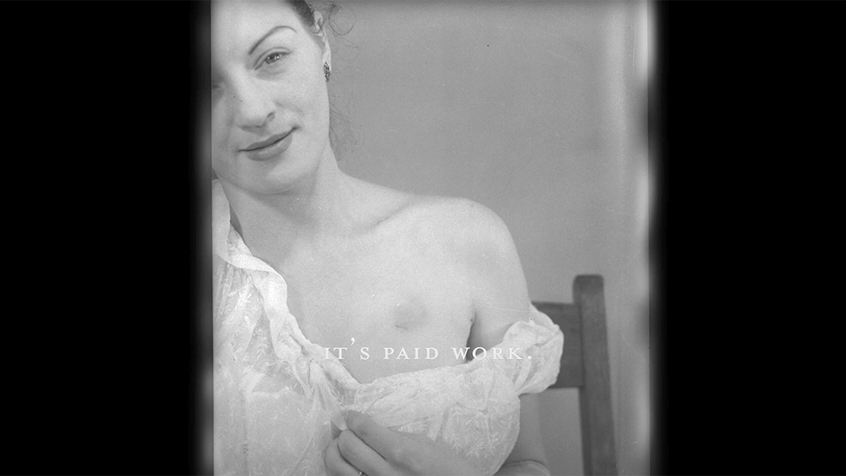
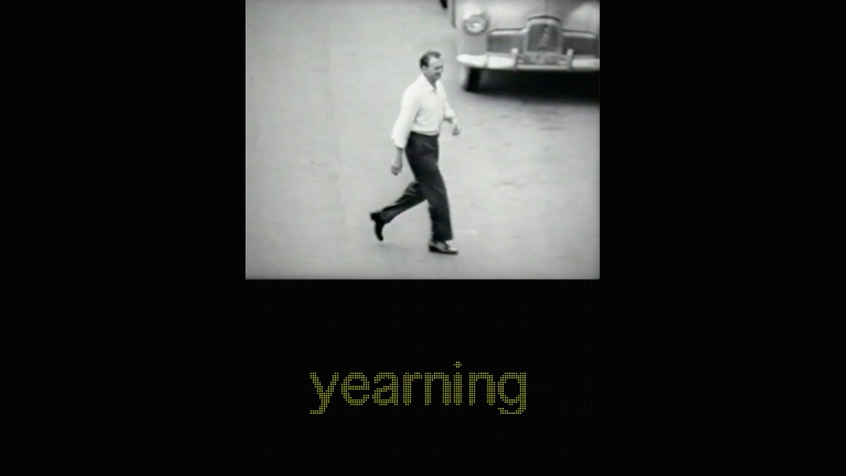
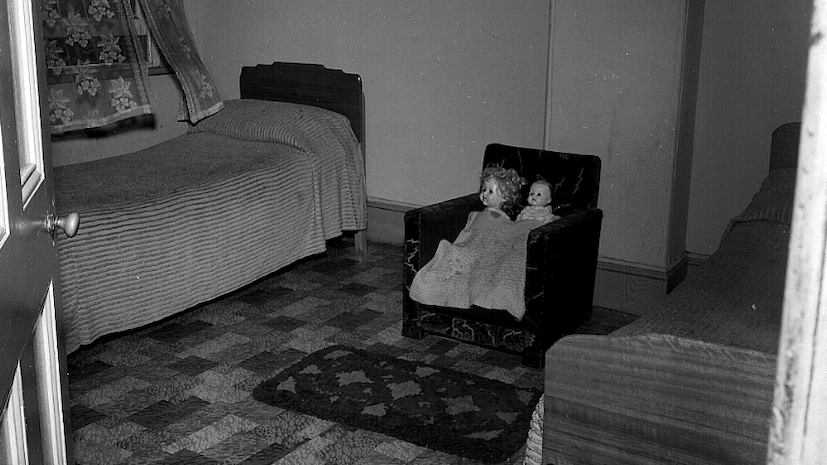
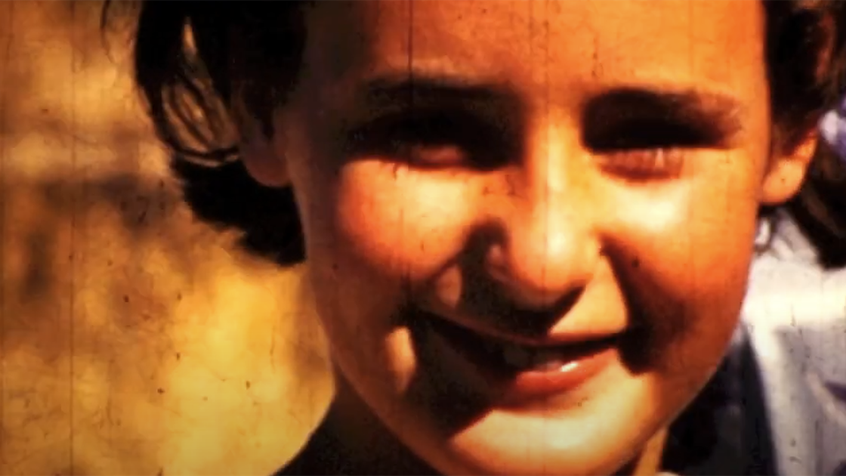
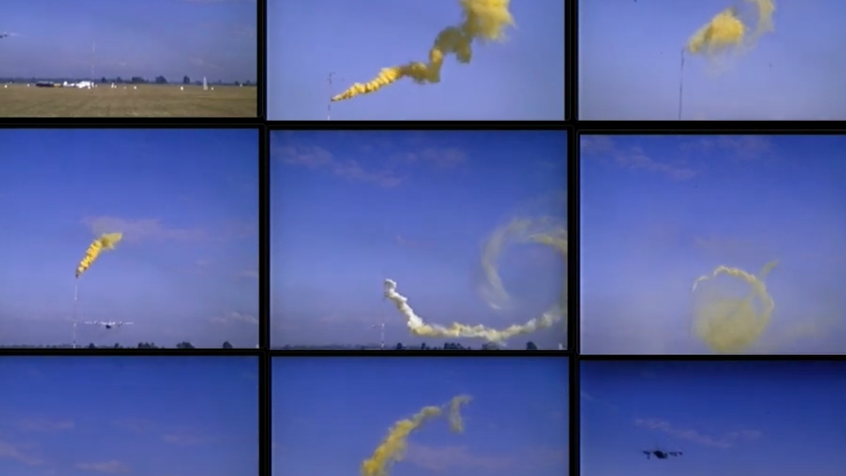
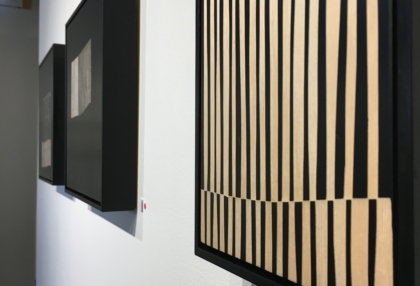
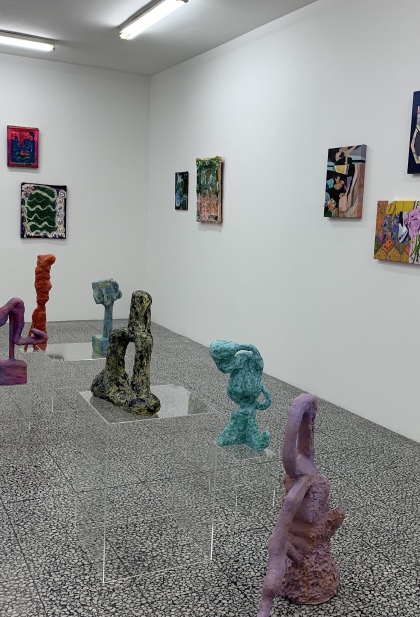
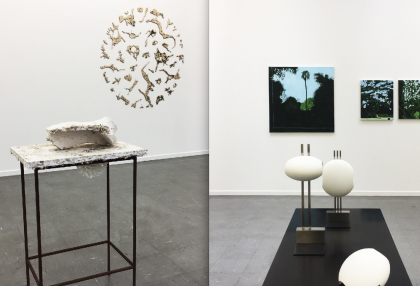
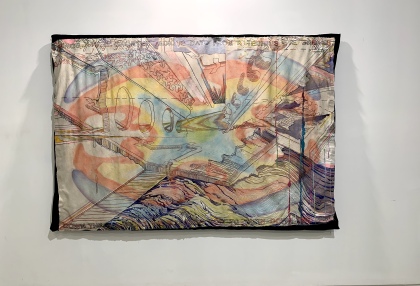
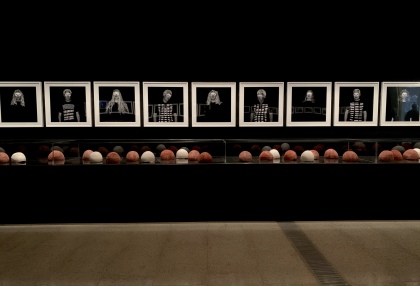
No Comments